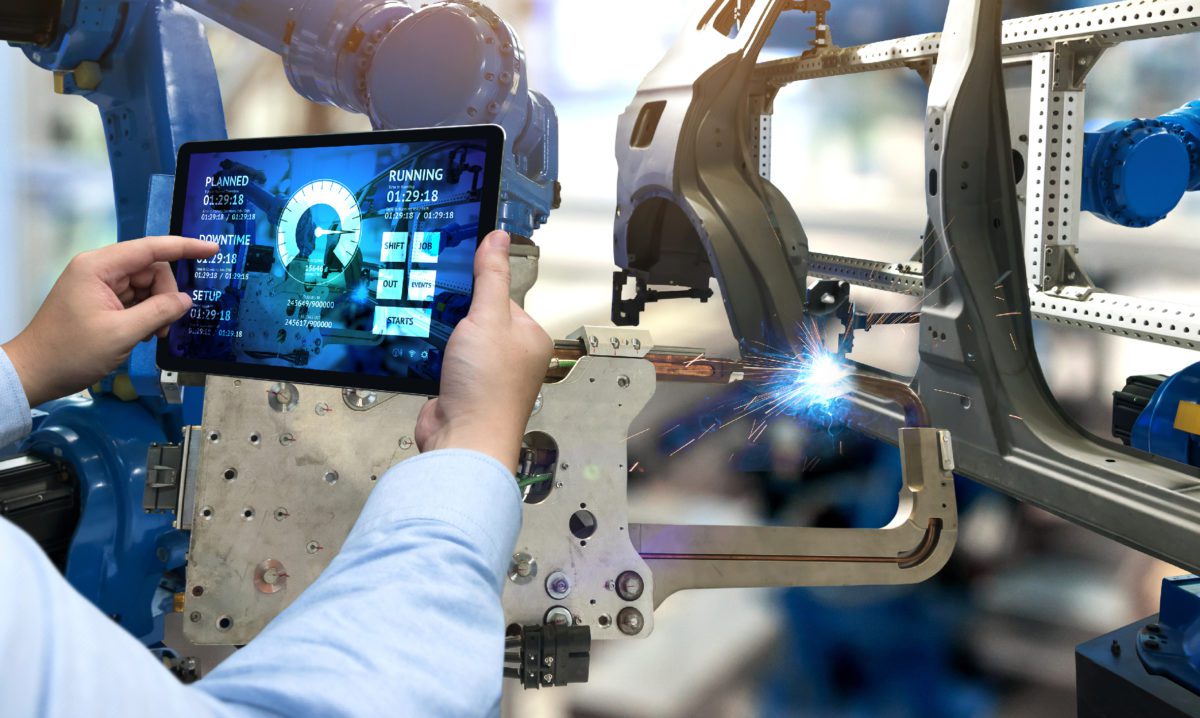The Great Resignation. The Great Reshuffle. Whatever the phrase, COVID-19 hit the global labor force big, and few industries have been spared. In the US alone, April saw more than four million people quit their jobs, according to a summary from the Department of Labor – the biggest spike on record. The exodus is being driven by Millennials and Generation Z, says an Adobe study, who are more likely to be dissatisfied with their work. In fact, more than half of Gen Z reported planning to seek a new job within the next year.
Why? Because the last eighteen months have allowed everybody to rethink their careers, work conditions, and long-term goals. The top of the list? According to Jessica Schaeffer, vice president of LaSalle Network, a staffing and recruiting firm, more money, better benefits, and flexibility.
Ray Everett, CEO of Reward Solutions, adds that the lack of a clear path in employees’ career progression is one of the most common complaints he hears. The manufacturing sector can win big with Gen Z here, as a key complement to their employee value proposition is a huge trajectory for growth.
Good News for Manufacturers Hiring Gen Z
• More Money: The average hourly wage within manufacturing is a few pennies shy of $30, with project managers averaging $47 per hour, or between $92,500 per year and almost $98,000 per year.
• Better Benefits: Many manufacturers, like auto innovator Tesla, provide health insurance, life insurance and disability protection, vision and dental coverage, a retirement plan, a stock purchase plan, short-term disability pay, long-term disability pay, and general employee assistance programs.
• Flexibility: Contrary to the decades-long, “dirty hands” stigma, employees come first in today’s manufacturing. For instance, corporations like West Virginia’s Lockheed Martin offer education assistance, paid time off, and even smoking cessation and wellness programs.
• Trajectory for Growth: A national workforce report has shown that “firms are more likely to promote internal employees for management positions. Overall, firms promoted 8.9 percent of employees.” The Chief Scientific Officer at Nephron says that her company’s culture “values hard work and career advancement. … [It’s] a place to start, develop, and succeed in your career.”
Reaching Gen Z
Reaching Gen Z – half of whom are looking to make a career move is priority #1 for American manufacturers today in order to close the skills gap projected to reach 2.4 million unfilled jobs through 2028.
The National Association of Manufacturers recently took their recruitment show on the road as part of their Creators Wanted initiative, during which kids were visited in key locations to hear – and experience – firsthand the behind-the-scenes innovation and opportunity behind some of the cars they drive, pharmaceuticals they use, and the everyday products that make our world go around.
Now imagine being able to scale this effort by meeting kids wherever they are, on their phones, at any time of day. According to techjury:
• There are 3.5 billion smartphone users in the world today
• Americans spend an average of 5.4 hours on their phone a day
• American teens spend an average of 9 hours a day in front of screens, and more than 7 of those are spent on mobile phones.
• Career awareness and pathways can now be gamified, per region, per industry with trackable data not only for industry to recruit from but for states to secure their competitive advantage.
How are you rethinking and innovating your workforce recruiting to reach Gen Z? Share your ideas below with us.
